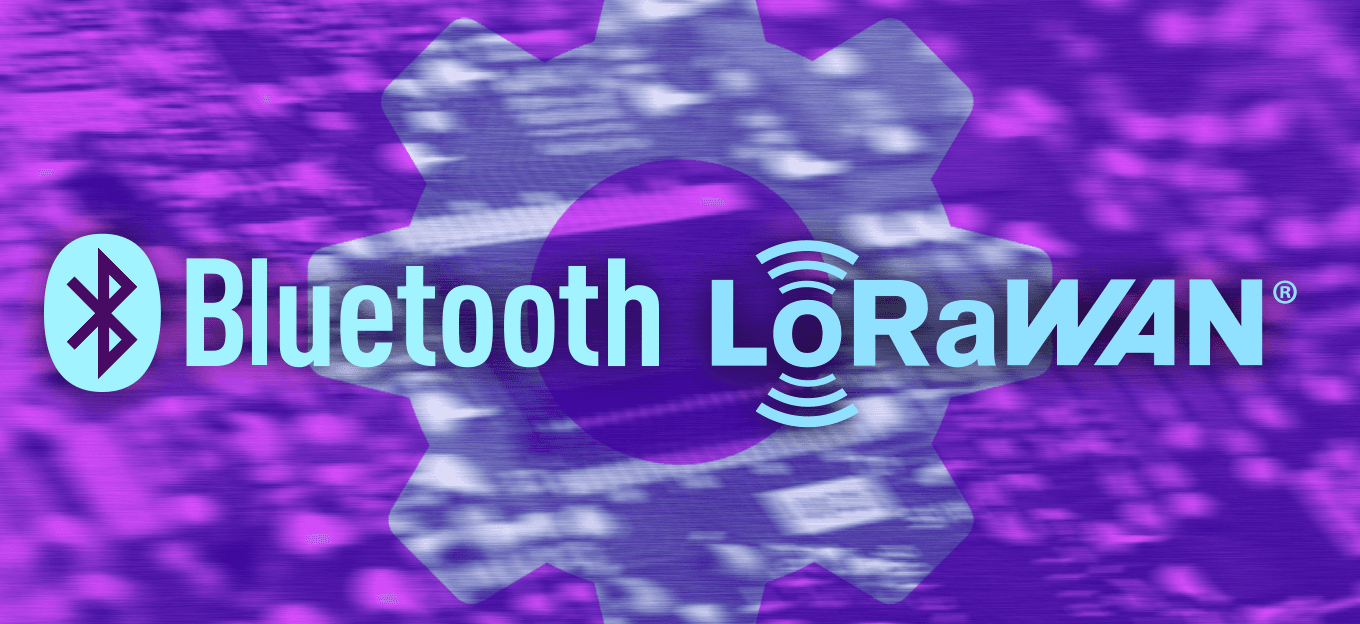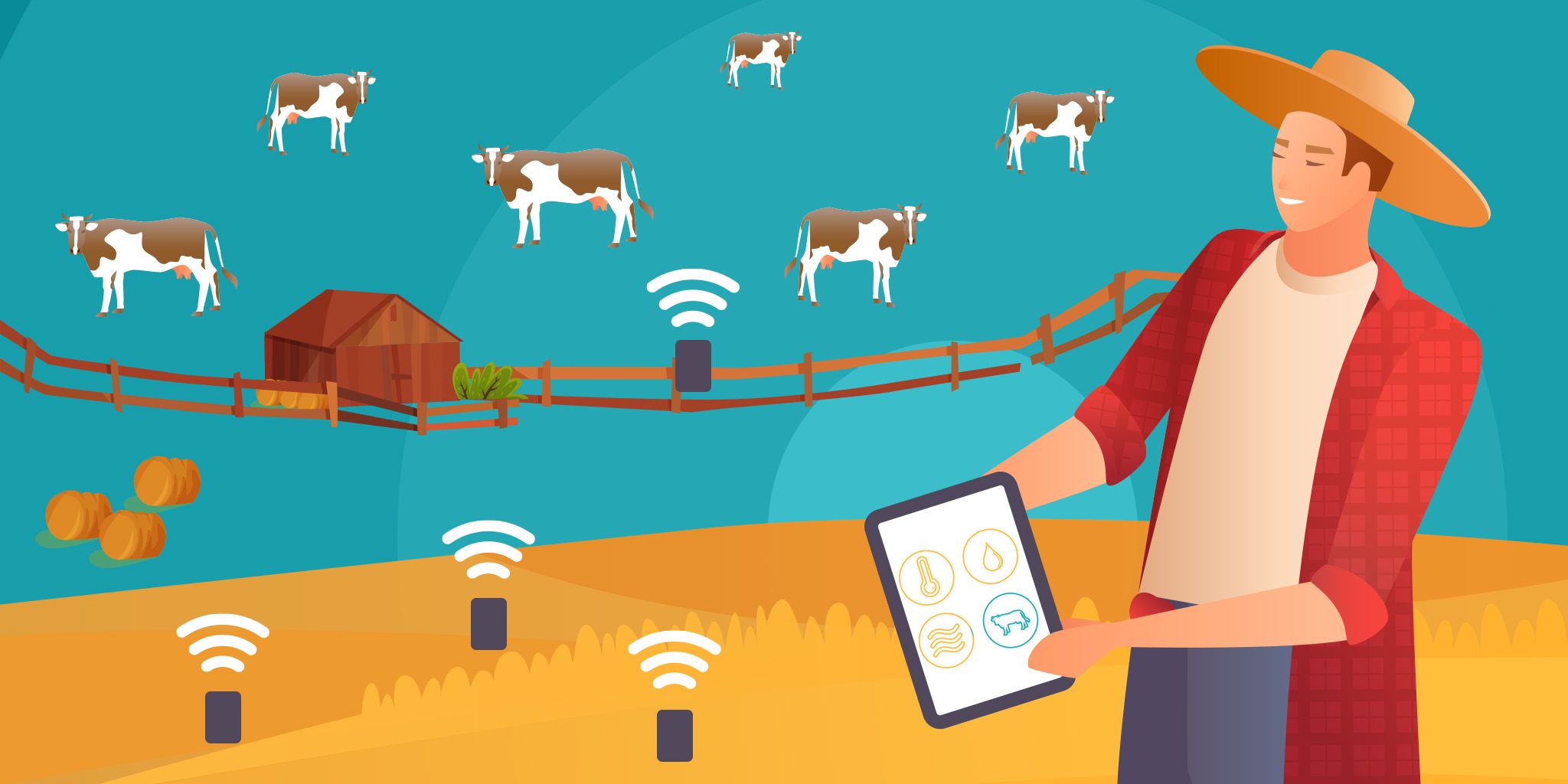IoT Sensors Help Deliver Pumpkins Each Season
IoT Sensors Help Deliver Pumpkins Each Season
- Last Updated: December 2, 2024
Semtech
- Last Updated: December 2, 2024



Autumn is a special time of year. The leaves change color and fall from the trees in preparation for the cold winter months. Children head back to school and football season kicks off. But perhaps the biggest indicator of the fall season is that everywhere you go and nearly everything you purchase is pumpkin. From pumpkin spice coffees and treats to pumpkin bread and ice cream. All that is in addition to the crates upon crates of pumpkins for Halloween decorations and jack-o-lantern carving that are found in local grocery markets and pharmacies.
The annual demand for pumpkins is enormous. According to the U.S Department of Agriculture (USDA), every state in America produces pumpkins – with nine states (Illinois, Pennsylvania, New York, Indiana, Michigan, California, Ohio, North Carolina, and Texas) producing 75 percent of the market’s total crop yield. In 2020, greater than 66,000 acres of pumpkins were harvested resulting in more than 2 billion pounds of pumpkins. So, how do U.S. farmers meet this demand and ensure plentiful crops are grown, harvested, and delivered to stores across the U.S. by September 1st each year?
'Looking ahead to the fall season, when you make the pumpkin-themed purchase in your home, feel free to thank the sensors that help enable the products to efficiently and securely get to your home.' -Semtech
IoT Sensors and Pumpkins
The Internet of Things (IoT) consists of billions of physical devices connected to the internet which constantly share and collect data. IoT-enabled sensors help to monitor and efficiently track the growth and delivery of pumpkins during their entire lifecycle. From the soil in which they’re planted to the truck during transport and also to the store shelves where they are sold each September and October.
Currently, there are a few technology solutions that help ensure regular connectivity for IoT sensors. In some cases, higher bandwidth applications that require larger amounts of data may leverage cellular networks such as Wi-Fi and BLE. These are viable options for mission-critical or video-rich applications, but limited in the range and usage beyond near, land-based deployments.
LPWAN
Another option is Low Power, Wide Area Networks (LPWAN) which delivers massive amounts of small data sets across a long range. LPWAN can transmit loads of data with very limited bandwidth. This is ideal for solutions that are long-range and remote deployments. The same is true for connectivity in sea- and sky-based implementations.
LPWAN is reliable and secure and delivers pin-point accuracy in tracking assets across the entire supply chain and product lifecycle. This ability to know at any instance the health of your product, where it may be in transit, and/or the unintended error in the delivery process is powerful. This real-time accuracy and insight help organizations optimize their workflows and reduce operational costs, while also mitigating a potential disaster or product loss before it occurs.
Tracking & Monitoring
For pumpkins, IoT-enabled sensors operating on the LoRaWAN® standard are deployed across farms to track, monitor, and alert the soil levels of the produce. To ensure the pumpkins grow on schedule and meet the autumn demand, farmers closely track the water levels of the soil. If there is too much water, it may adversely impact the crop and too little may do the same. The most optimal growth environment ensures the biggest crop yield. When the sensors indicate that the pumpkins are ideal for harvesting, each is loaded into crates and moved onto geo-located trucks that are moved across the country.
In instances that call for the consumption of the pumpkins, that harvest may be transferred in climate-controlled trucks. These trucks maintain a steady temperature – regardless of the outside climate – to preserve the food and limit unwanted spoilage. Trucks that carry the pumpkins are tracked during the journey from the fields to the grocery stores maintaining safe temperature levels throughout the trip. Sensors inside the climate-controlled cargo can remotely alert operators if/when the temperature changes or there is an error reading in the cargo. This allows the operators to get in immediate contact with the driver and adjust the temperature or fix the cargo hold.
When the pumpkins make it to the final delivery spot – sensors help track their position inside the store. For example, sensors can monitor the shelves that feature pumpkins and pumpkin-flavored consumer goods. For example, IoT sensors can notify store employees when the stock is low and requires re-shelving. This is especially important when the timeframe in which pumpkins are sold is limited to only about 60 days. Additionally, insights gleaned from the position of the pumpkins within the store and how well they are selling (or not), directly impacts how the store associates may restock the produce somewhere else within the store to increase sales. It is the real-time analytics that helps store employees, help farmers sell their products and goods annually.
Thank the Sensors for Your Pumpkins!
Looking ahead to the fall season, when you make the pumpkin-themed purchase in your home, feel free to thank the sensors that help enable the products to efficiently and securely get to your home. Most Americans will have at least some portion of that two billion pounds of pumpkin harvest in their home and IoT-enabled sensors, running on the LoRaWAN standard, helped make that happen. Now, feel free to head out for a pumpkin spice latte.
The Most Comprehensive IoT Newsletter for Enterprises
Showcasing the highest-quality content, resources, news, and insights from the world of the Internet of Things. Subscribe to remain informed and up-to-date.
New Podcast Episode

IoT and AI in 2026
Related Articles





